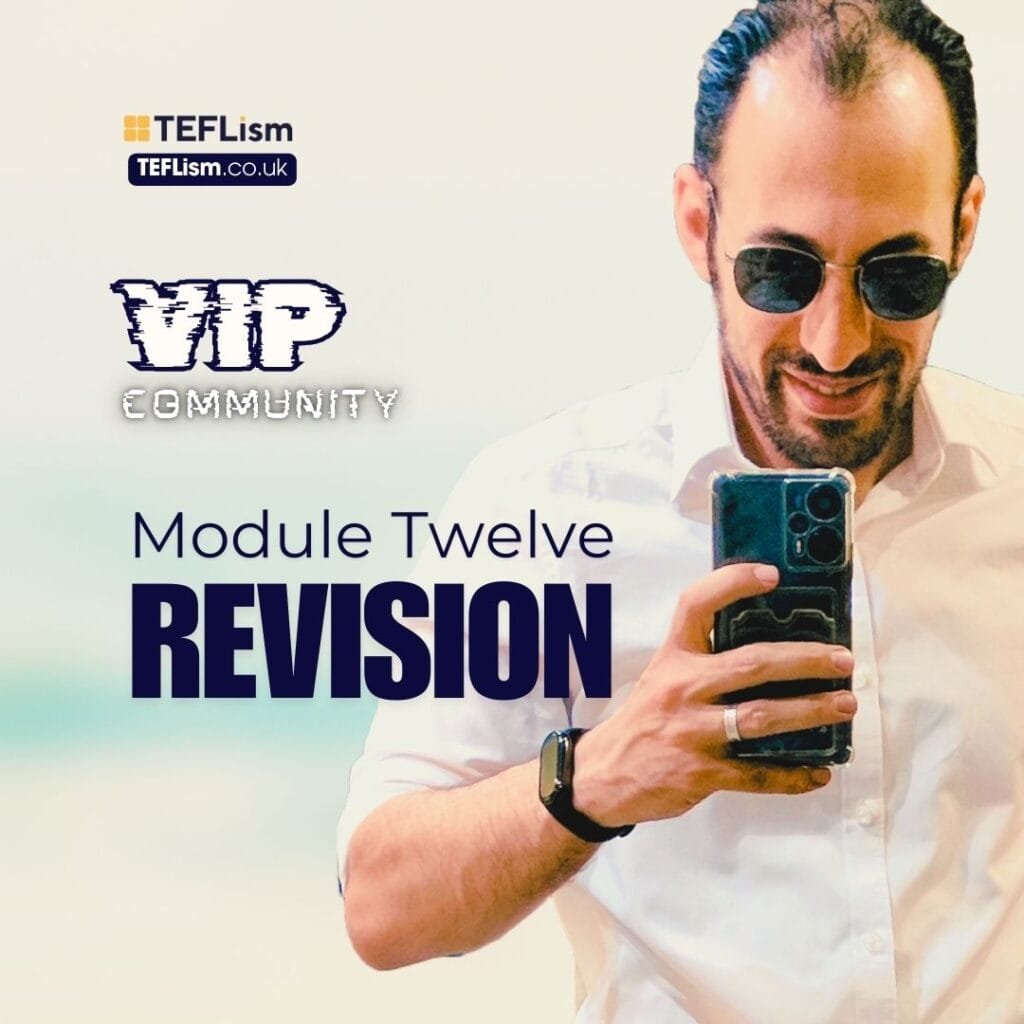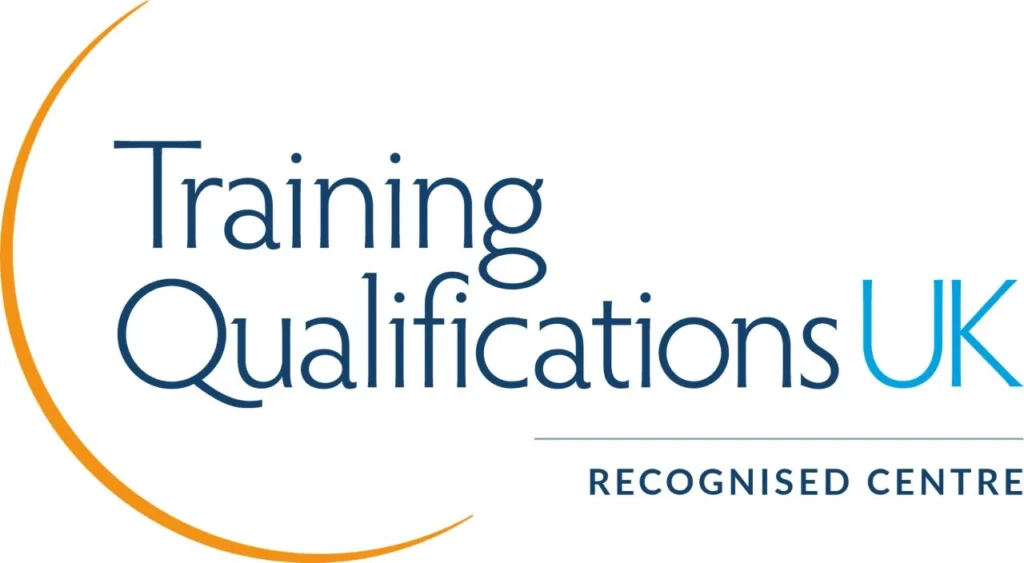
Comprehensive Revision of Key Takeaways from Modules 1-11 | CELTA and TEFL Content
VIP Community
Introduction
This revision module consolidates the key takeaways from the 11 modules of the VIP Modules 2024 guide, offering English language teachers actionable and transformative strategies to enhance their teaching. Designed for educators preparing for TEFL, TESOL, CELTA, or DELTA certifications, as well as those aiming to improve their teaching practices, this resource highlights the most effective methods for classroom management, lesson planning, and student engagement.
Effective Teaching Strategies for English Language Teachers
Planning and Delivering Clear Instructions (Module 1)
- Script Instructions: Prepare concise, step-by-step instructions during lesson planning.
- Simplify Language: Avoid jargon and adapt your language to your students’ level.
- Engage Students: Stand centrally, use gestures, and check for understanding to ensure clarity.
- Practical Tip: Break tasks into smaller steps and provide examples or demonstrations for complex activities.
Monitoring and Feedback for Better Learning (Modules 2 & 3)
- Classroom Monitoring:
- Observe during group work, speaking, and writing tasks to track progress.
- Position yourself strategically to monitor all students without being intrusive.
- Feedback Techniques:
- Use balanced feedback: highlight strengths and address areas for improvement.
- Combine content feedback (accuracy of ideas) with linguistic feedback (grammar, pronunciation).
- Reflection Question: How do you balance corrective feedback with encouragement in your lessons?
Classroom Engagement and Interaction
Whiteboard Skills for Organized Teaching (Module 4)
- Plan Your Layout: Sketch out your board design during lesson planning.
- Use Consistent Colors: Assign specific colors for grammar, vocabulary, and other elements.
- Interactive Features: Incorporate activities like post-it notes, target language tallies, and “mystery prizes” to keep students motivated.
Enhancing Student Interaction (Module 6)
- Grouping Techniques: Use a mix of pairs, small groups, and mingling activities to promote collaboration.
- Interactive Activities: Integrate real-life scenarios, technology, and visual aids to encourage active participation.
- Encouraging Discussion: Use think-pair-share and structured discussions to deepen comprehension.
Building Fluency and Confidence
Communicative Goals in Fluency Tasks (Module 5)
- Real-Life Applications: Simulate authentic scenarios, such as ordering food, making travel plans, or job interviews.
- Confidence Building: Set clear communicative goals to help students practice meaningful language use.
- Practical Tip: End fluency tasks with reflective activities to reinforce learning.
Scaffolding and Vocabulary Development
Scaffolding for Effective Learning (Module 7)
- Support Step-by-Step: Break tasks into manageable chunks and provide guidance at each stage.
- Pre-Teach Vocabulary: Introduce key terms before lessons to boost comprehension.
- Zone of Proximal Development (ZPD): Identify what students can do with support and guide them to the next level.
Teaching Vocabulary (Module 8)
- Focus on Relevance: Start with high-coverage words related to students’ everyday lives.
- Reinforce Learning: Use repetition, flashcards, and vocabulary boxes to recycle new words.
- Foster Independence: Encourage dictionary use and collaborative vocabulary building.
Teaching Listening and Grammar
Overcoming Listening Challenges (Module 9)
- Staging Listening Lessons: Pre-teach vocabulary, listen for gist, and then for details.
- Real-Life Scenarios: Practice listening to announcements, phone calls, and face-to-face conversations.
- Quick Exercise: Pause recordings at key moments and ask students to predict or summarize content.
Grammar Instruction Made Simple (Modules 10 & 11)
- Focus on One Structure: Teach one grammar point per lesson to avoid confusion.
- Use Authentic Examples: Incorporate real-world contexts to teach grammar structures.
- Balance Explanation and Practice: Combine teacher-led explanations with guided and free practice activities.
Reflective Practice for Continuous Improvement
- Self-Assessment: Regularly reflect on your teaching strategies and their impact on students.
- Feedback from Students: Use two-way feedback to refine your methods and enhance learning outcomes.
- Professional Growth: Enroll in teacher training programs like CELTA, TESOL, or DELTA Module 1 offered by TEFLISM COLLEGE LONDON to deepen your expertise.
Reflective Questions for Teachers
- How do you ensure your instructions are clear and accessible for all students?
- What strategies do you use to engage students with varying proficiency levels?
- How do you balance linguistic and content feedback in your lessons?
Conclusion: Transform Your Teaching with TEFLism College London
Effective teaching is about continuous learning, reflection, and the ability to adapt strategies to meet student needs. By applying the tips and methods summarized in this module, you can enhance your classroom management, lesson planning, and student engagement.
Take the Next Step: Explore our advanced teacher training courses:
Empower yourself to become a more effective teacher and inspire your students to achieve their language learning goals.
Meta Description:
Enhance your teaching skills with this ultimate revision guide for ESL teachers. Explore tips on classroom management, lesson planning, and student engagement.
Title Tag:
The Ultimate ESL Teaching Strategies | TEFLism College London
Internal Linking Suggestions:
- Link to related blog posts like “10 Ways to Boost Student Engagement in ELT” and “The Role of Feedback in Language Learning.”
- Create a downloadable checklist for “Effective Classroom Monitoring Tips.”






